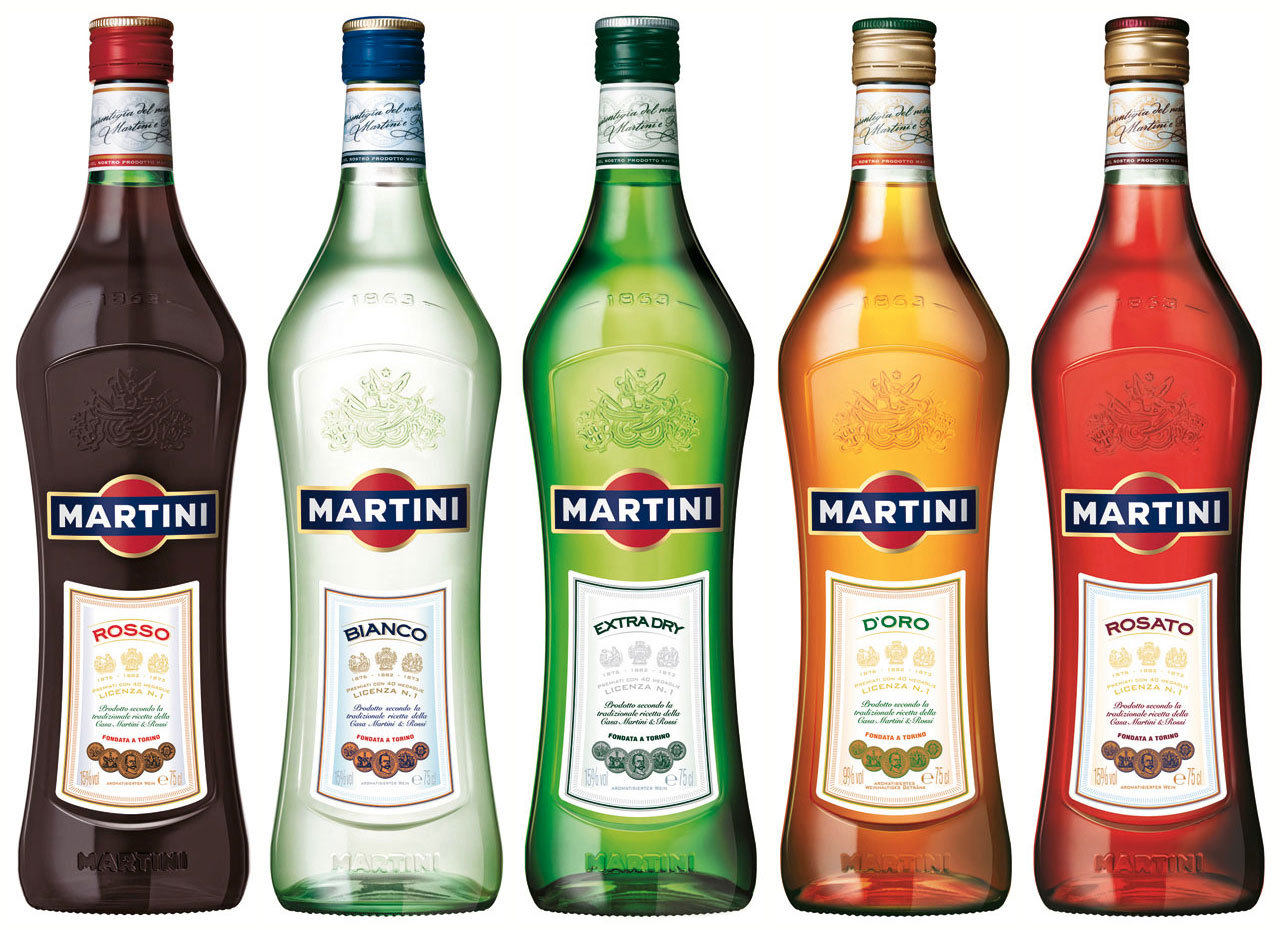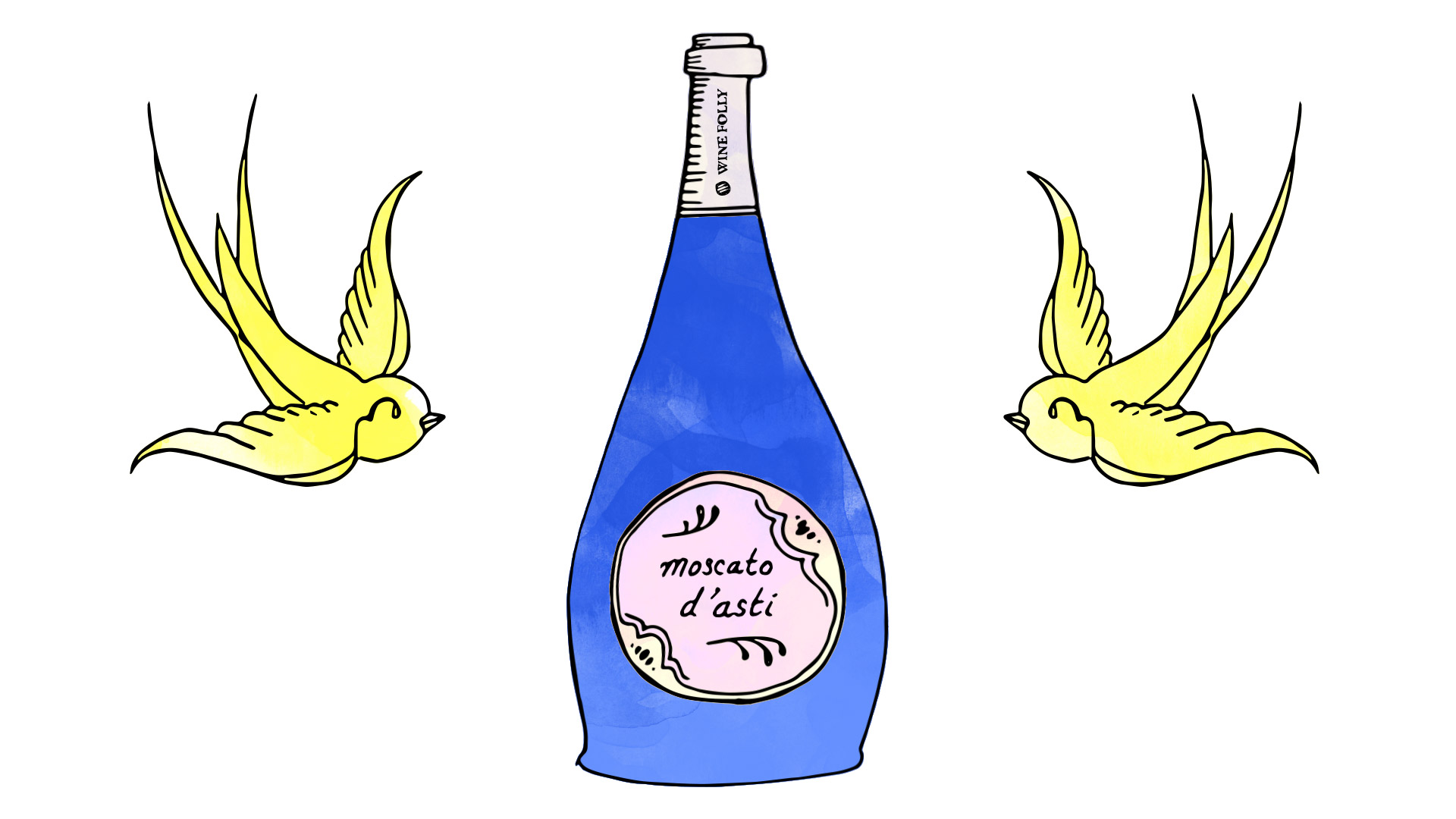What is Residual Sugar in Wine and Where Does it Come From?
Oh, and do people actually add sugar to wine?!
When we first hear about residual sugar it feels a bit off-putting. After all, we’ve been told that wines aren’t sweet. So, let’s define residual sugar in wine and what to expect in different types of wine.

Residual Sugar Definition
Residual Sugar (or RS) is from natural grape sugars leftover in a wine after the alcoholic fermentation finishes. It’s measured in grams per liter.
So for example, a wine with 10 grams per liter of residual sugar has 1% sweetness or a total of ~1.8 carbohydrates per serving (5 ounces / 150 ml).
How Much Residual Sugar is There in Wine?
Residual sugar levels vary in different types of wine. In fact, many grocery store wines labeled as “dry” contain about 10 g/L of residual sugar. Noticeably sweet wines start at around 35 grams per liter of residual sugar and then go up from there.
In case you didn’t already know, the sugar in grapes is a blend of glucose and fructose. During the fermentation process, yeast eats these sugars to make alcohol. That being said, it’s possible to stop the fermentation before all the sugar gets consumed (through chilling or filtration).
This, my friends, is how you make a sweet wine!
Do Wineries Add Sugar?
There are some countries (such as France and Germany) that allow the addition of sugar before or during fermentation. The method is called “Chaptalization” and it’s used to increase the total alcohol level when using underripe grapes. Chaptalization isn’t meant to increase the sweetness of wine.
Chaptalization is practiced in regions with cooler climates, but has readily fallen out of favor with critics who see it as unnecessary manipulation.

The Rise of Wine-Based Beverages
It’s possible to buy wine-based products that add sugar or other ingredients (flavorings, etc) as well.
Vermouth and Sangria are great examples. In fact, there is even a rare Spanish wine denomination called Vino Naranja del Condado de Huelva, which is a wine infused with orange peels that macerate in barrels for at least two years.
Still, flavored wines are a slippery slope. We’ve seen things like Boone’s “Strawberry Hill,” which are nothing more than wine soda.
How Come Wine Isn’t Labeled?
Since wine isn’t required to add nutrition fact labeling (no alcoholic beverages are), no one ever adds sugar content on the label. So, if you’re worried about additives you might avoid flavored alcohol products (e.g. put down that Kahlua!) and stick with the pure stuff.
